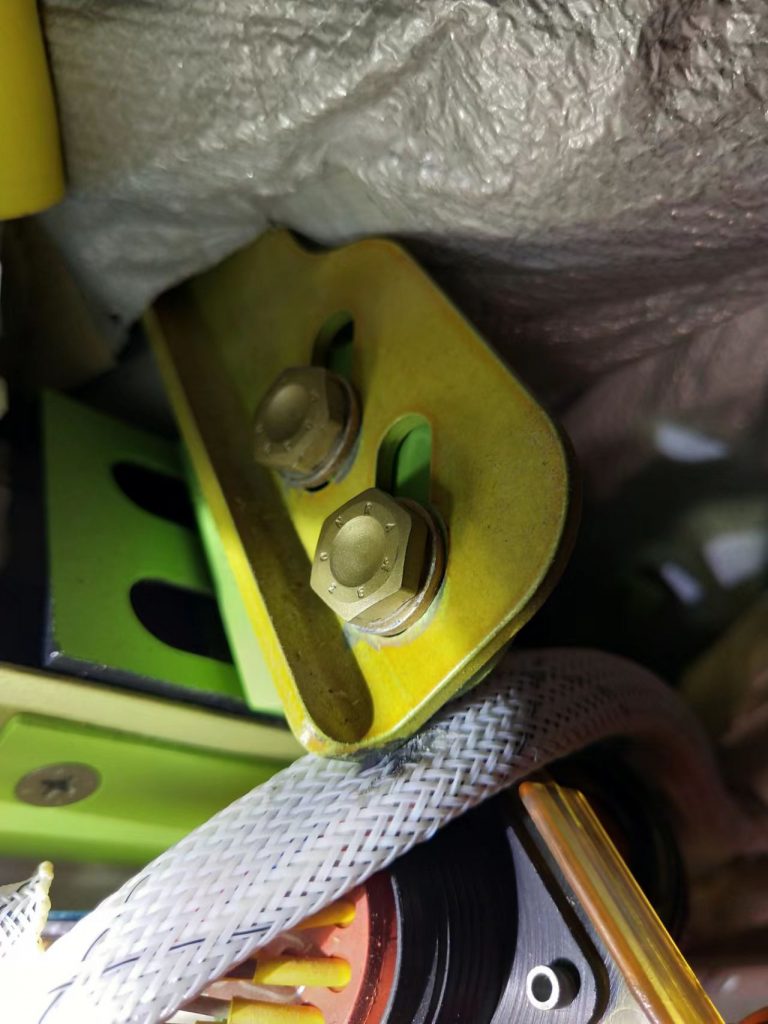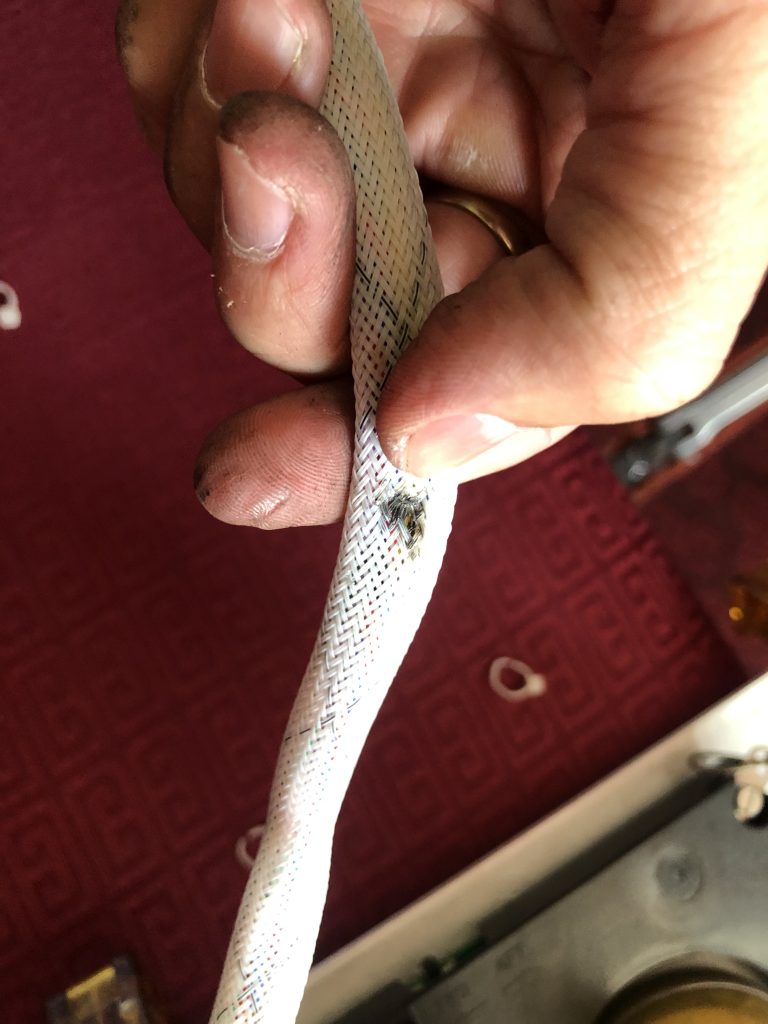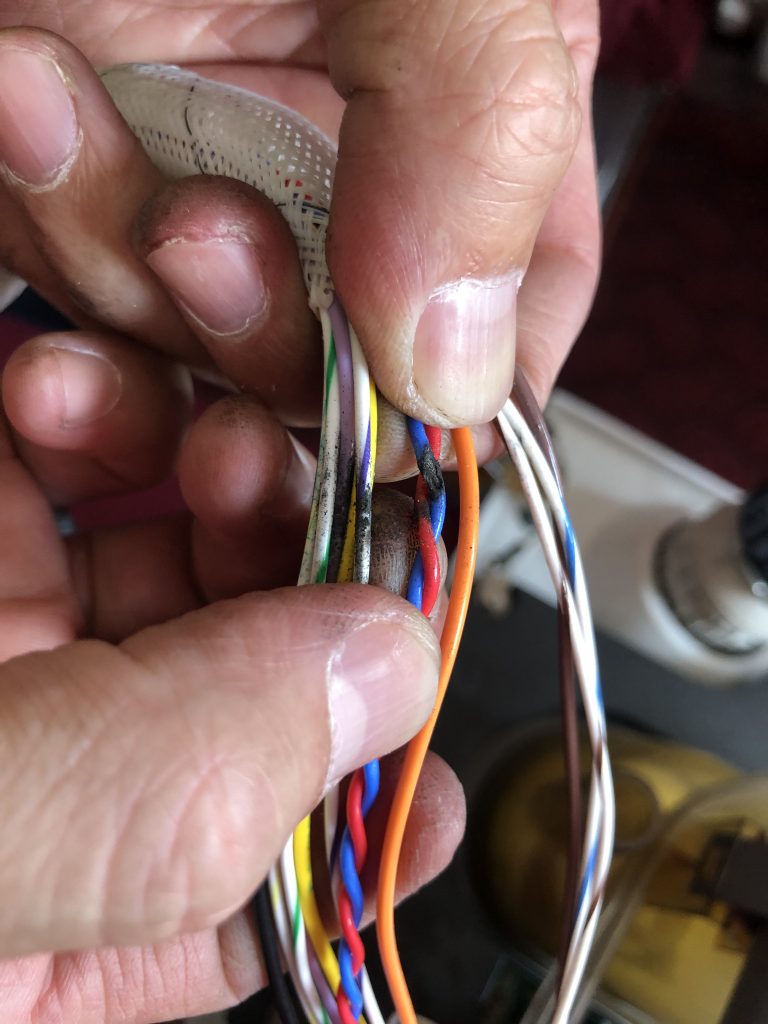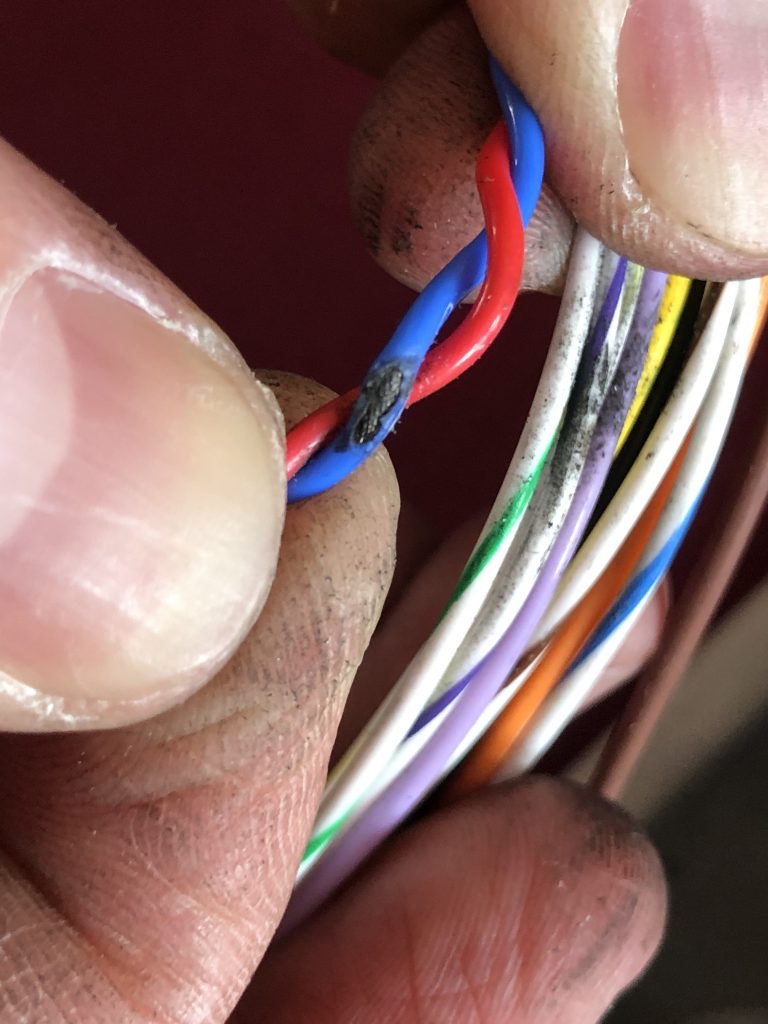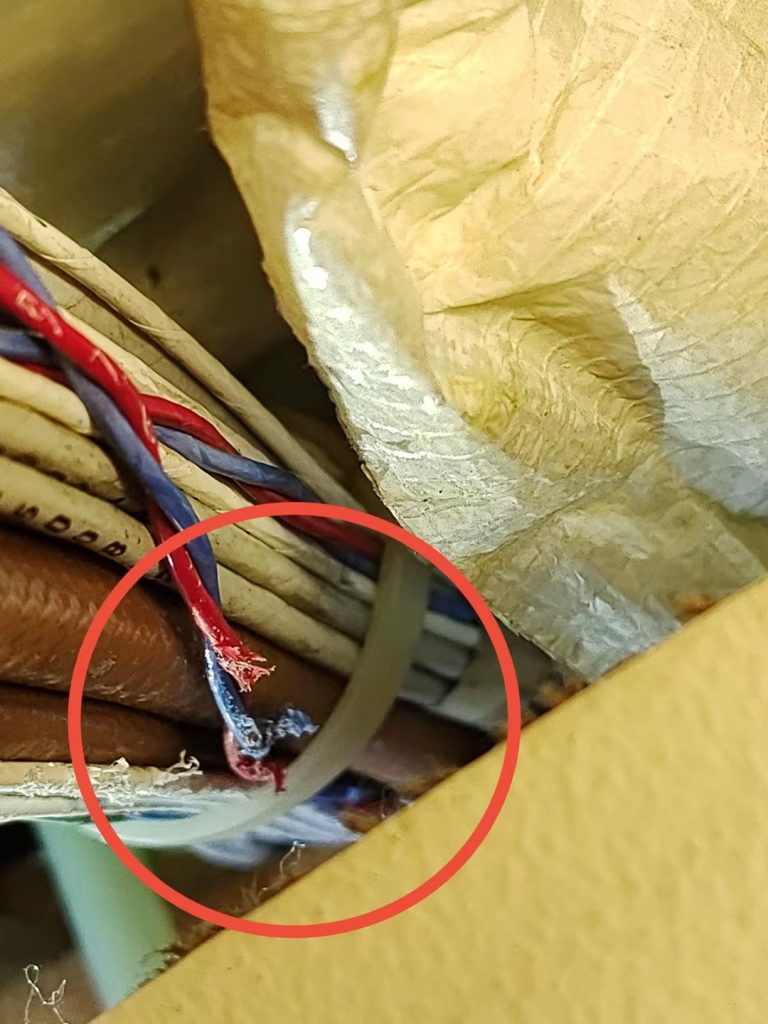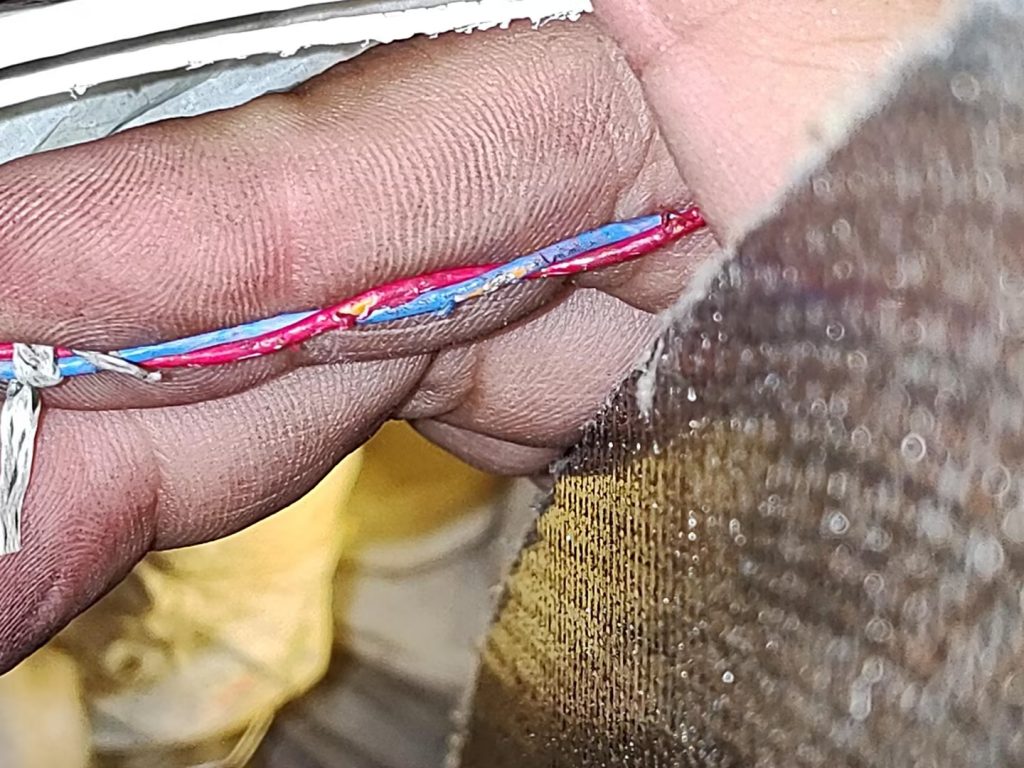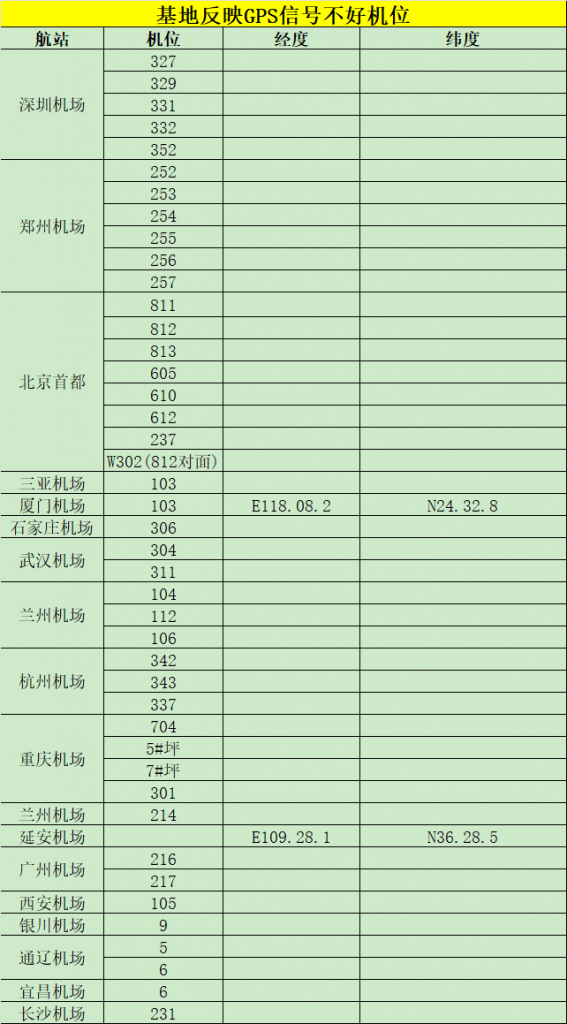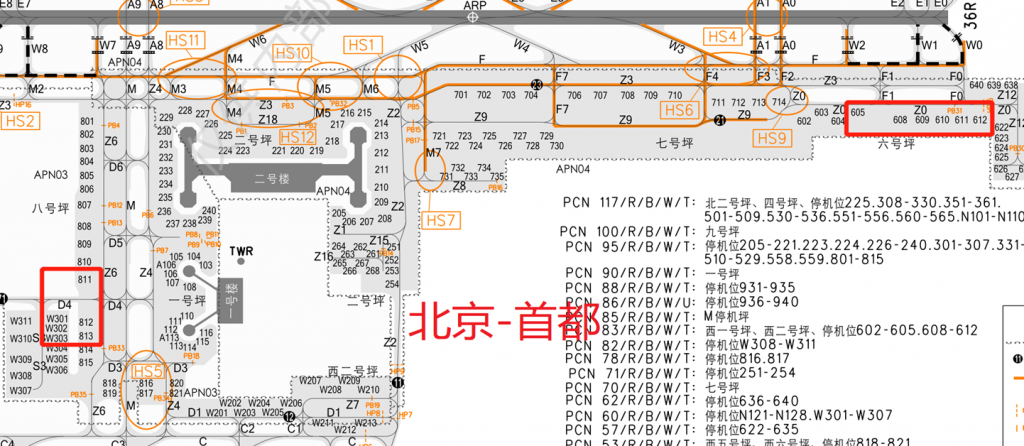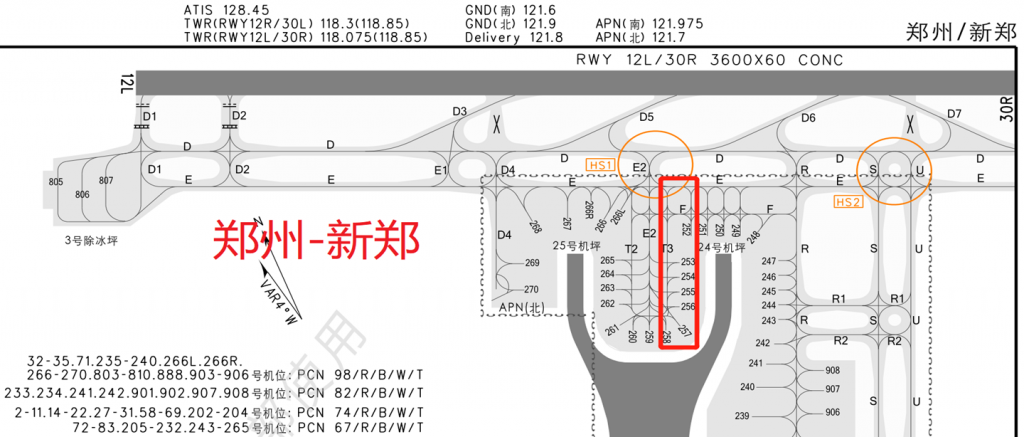SR 3-5419926574 and 4-4293247867
有飞行在使用中关于MEL 26-12-01时,需引用MEL 21-01-01-01条款,两者在APU是否可以使用上有差异,MEL 26-12-01是完全禁止APU使用,而MEL 21-01-01-01在低流量状态下有条件使用APU。为此与波音做了沟通,相关解释如下:
1. When dispatching under MMEL Item 26-12-01, due to the lack of overheat detection in a particular section of ducting between the APU and the APU Bleed Valve, APU operations are only permitted for engine starts. Because of the short time duration, the MMEL does permit the APU to be used for engine start. MMEL Item 26-12-01 therefore refers only to steps 1-5 of the (O) procedure in MMEL item 21-01-01-01.
In case of conflicts between related MMEL items, the restrictions in the MMEL Item 26-12-01 item that dispatch is intended under takes precedence. In this case it is the MMEL Item 26-12-01 Item restriction to “Except for engine start, do not use the APU for pneumatic air supply and/or electrical power.
2. 1) MEL 21-01, step 5. B applies to both prior to takeoff and prior to landing. With the left pack inoperative, the APU may be used to increase air flow. If increased airflow is desired prior to landing, the steps in 5. B below may be followed prior to the initial approach phase.
2. 2) 2) MEL 21-01, step 5. C applies to both after takeoff and after landing. If the air conditioning panel was configured by following the steps in 5. B, then the steps in 5. C should be used to reconfigure the air conditioning panel after takeoff or after landing. After takeoff, the steps in 5. C would normally be completed after flap retraction is complete and before the after takeoff check.
